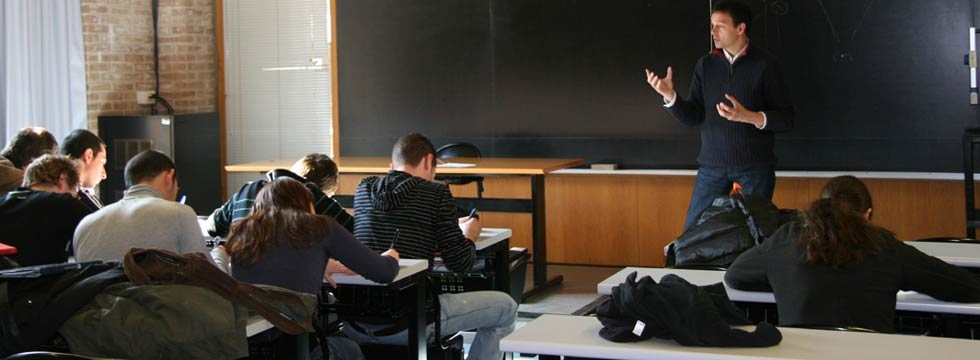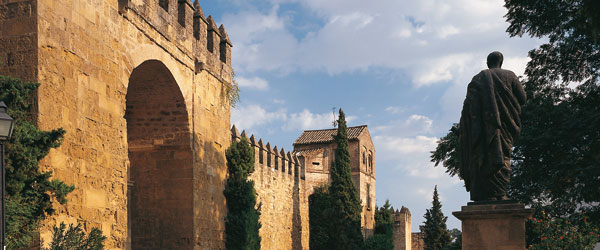Cordoba, following in the footsteps of Seneca
Come and discover the World Heritage city of Cordoba, in Andalusia.
How? By following in the footsteps of one of history's great thinkers –Seneca– along the Roman Cordoba Route, with tours for groups by prior appointment. Does it sound appealing?
The Roman Cordoba Route explores the historic centre of Cordoba, declared a World Heritage Site by the UNESCO, through its surviving Roman ruins. Here is a taste of what you will see on the visit:
La Ruta de la Córdoba Romana te descubre el centro histórico de Córdoba, declarado Patrimonio Mundial por la UNESCO, a través de los restos romanos que aún se conservan. Te anticipamos parte de lo que podrás ver en el recorrido:
Roman bridge:This bridge leads to the pedestrian entrance to the walled city of Cordoba, and offers views of the Great Mosque of Cordoba.
City walls: these walls continue to stand practically intact on the Ronda de los Tejares (north) and the Paseo de la Victoria (west). The latter is the site of the Almodóvar Gate, and –behind the wall– the Synagogue. If we cross the Victory Gardens, next to the wall we can see the remains of a road network from the time of the Late Roman Empire, along with the traces of what was at one time the second largest amphitheatre in the Roman Empire. Very nearby is the Alcázar of the Christian Monarchs, containing mosaics from the 2nd and 3rd centuries.
Archaeology and Ethnography Museum: the Museum is located in the Renaissance Palace of the Páez de Castillejo family, and contains many of the richest testimonial objects of Cordoba during the Empire. In the surroundings there are examples of the structure of noble Roman homes, such as can be seen in the Palace of the Marquis of Carpio and the courtyard of the school of Santa Victoria near the Jewish Quarter.
Temples and archaeological sites: many temples were erected in Cordoba during Roman times. Today, some of the columns of these temples can still be seen in the area around the Town Hall and in Plaza de Las Doblas square. The Roman Cordoba Route also includes two archaeological sites. Cercadilla, alongside the AVE Station, with an exhibition representing the palace of the emperor Maximianus Herculeus. The Roman aqueduct that still carries water to this day can be seen from the site. The other archaeological site is Ategua, 25 kilometres from Cordoba. It still preserves part of its wall, storage silos and remains of the urban layout such as the columns of the temple.
If you would like more information on the route or to book a visit, we recommend you contact the Cordoba Tourist Board at: info@turismodecordoba.org or visit the official website.







